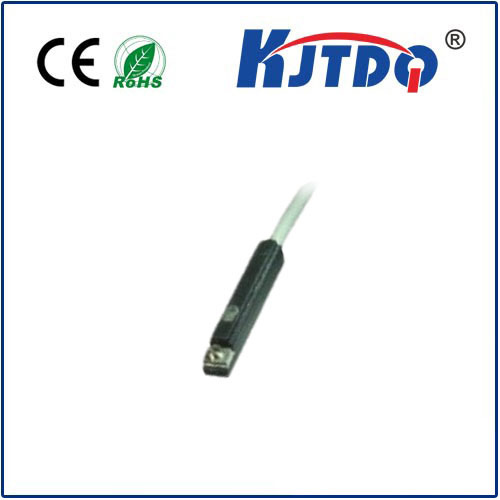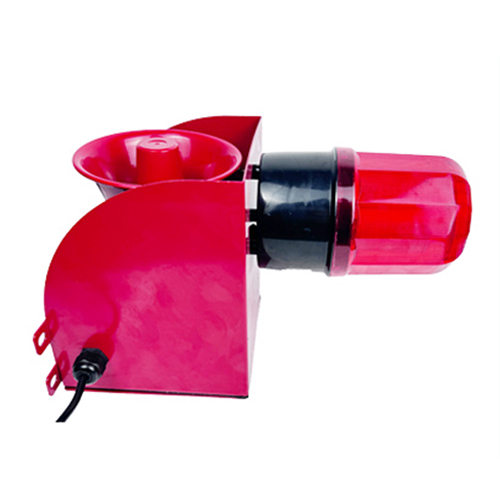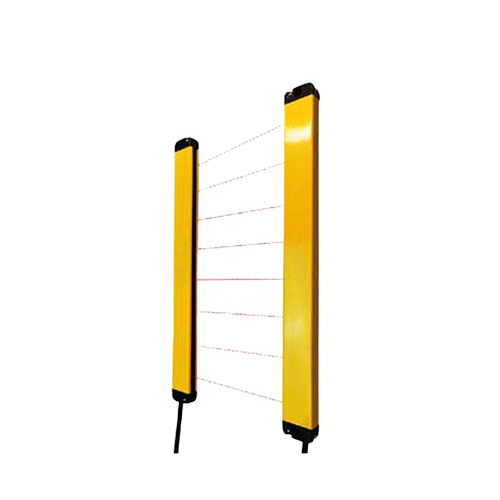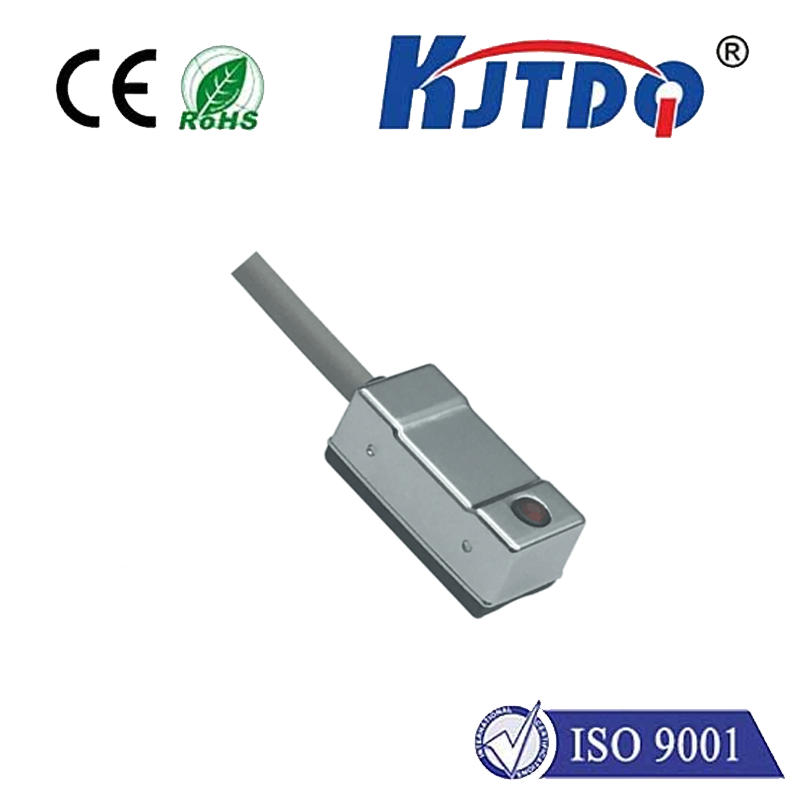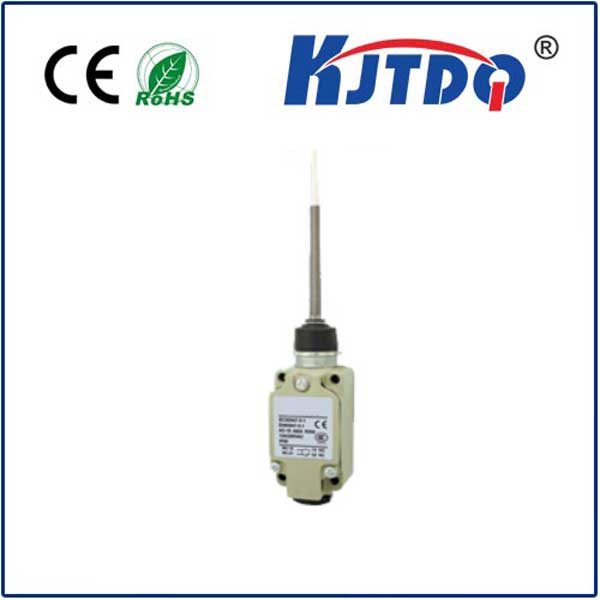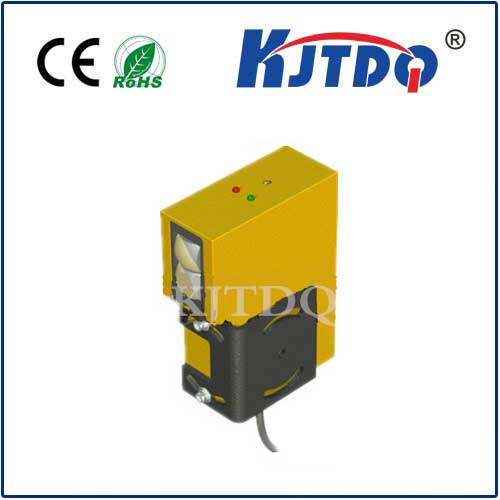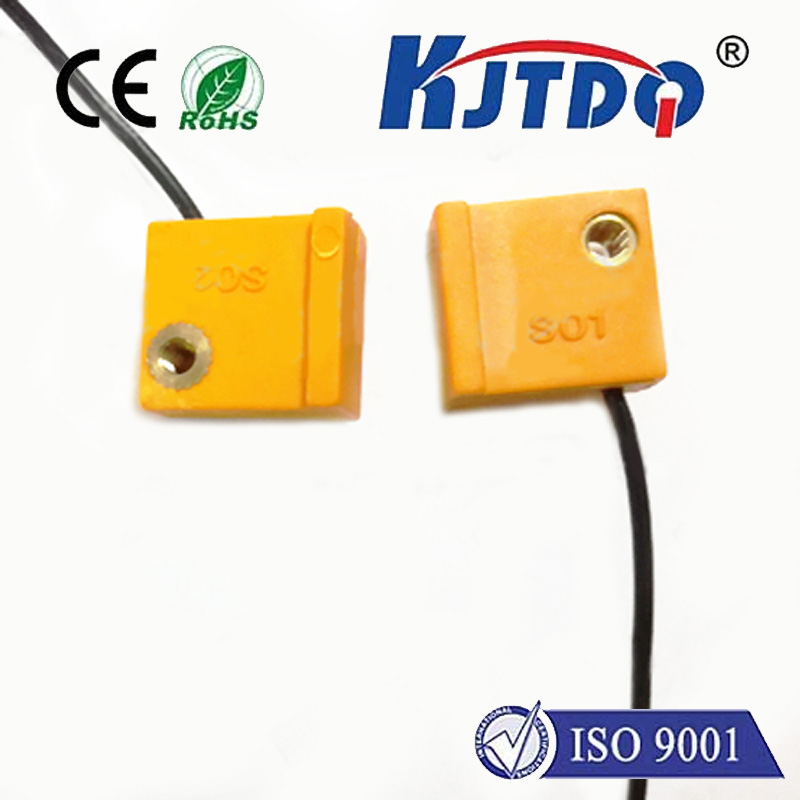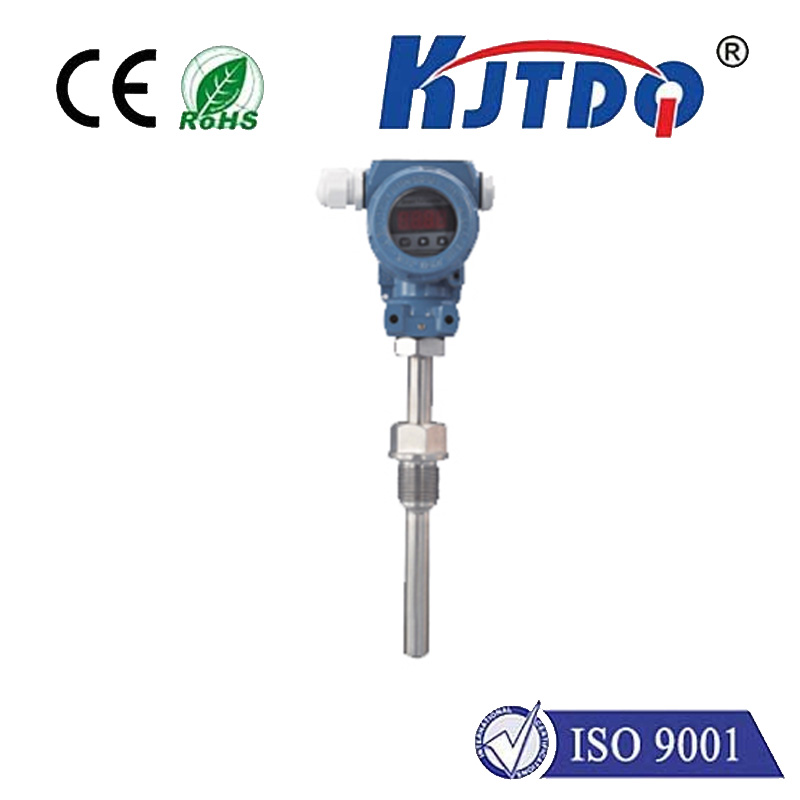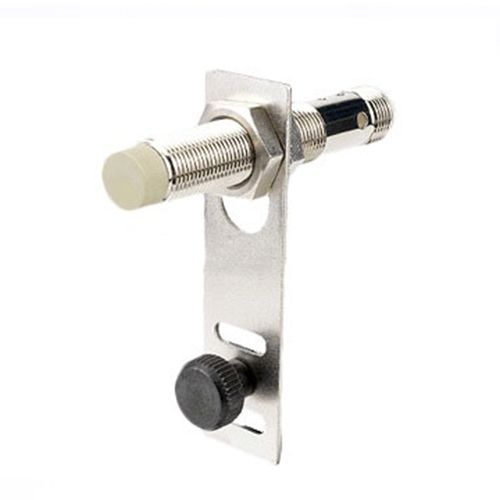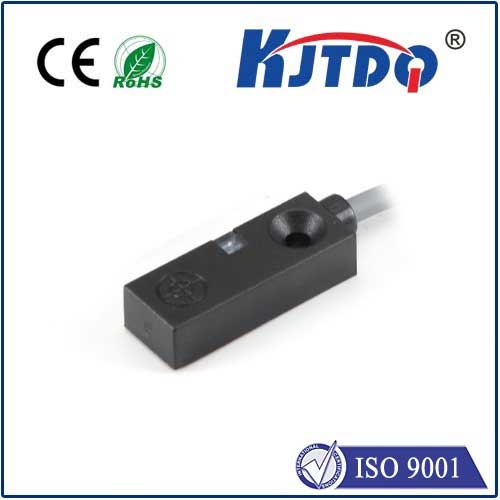optical fiber displacement sensor
- time:2025-08-15 05:36:47
- Click:0
Unseen Precision: How Optical Fiber Displacement Sensors Revolutionize Measurement
Imagine needing to measure a microscopic vibration deep inside a jet engine, the subtle expansion of a bridge cable in freezing temperatures, or the precise position of a surgical tool near sensitive tissue. Traditional sensors often fail in such demanding scenarios – too bulky, susceptible to electromagnetic chaos, or simply incapable of surviving the environment. This is where optical fiber displacement sensors step onto the stage, offering a unique blend of capabilities that unlock measurement possibilities previously out of reach. These sophisticated devices transform minute changes in distance into detectable alterations of light traveling within a fiber, enabling unparalleled precision and resilience.
The Core Principle: Light as the Messenger
At its heart, an optical fiber displacement sensor operates by modulating light properties – intensity, phase, wavelength, or polarization – based on the distance between a sensing element and a target surface. Unlike strain gauges or LVDTs (Linear Variable Differential Transformers) that rely on electrical signals and physical contact, fiber optic sensors leverage light guided through thin, flexible glass or plastic fibers. The key mechanism involves:
- Light Source: An LED or laser injects light into the optical fiber.
- Sensing Region: This is where the interaction happens. The fiber end itself, or a specially configured section (like a grating or interferometric cavity), interacts with the target.
- Modulation: As the target moves relative to the sensing point, it influences the light signal. This could be by:
- Altering the intensity of reflected light (Intensity Modulation).
- Changing the path length difference, affecting light wave interference (Interferometric Techniques like Fabry-Perot, Michelson).
- Shifting the wavelength of reflected light via specialized gratings (Fiber Bragg Gratings - FBGs).
- Modifying the light’s polarization state.
- Detection and Processing: A photodetector captures the modified light signal. Sophisticated electronics then analyze this signal (comparing intensity, decoding phase shifts, tracking wavelength changes) to precisely calculate the displacement.
Why Choose Optical Fiber? Distinct Advantages Emerge

The shift from conventional electronic sensors to fiber optics isn’t just incremental; it offers transformative benefits critical for modern engineering and science:
- Immunity to Electromagnetic Interference (EMI): Perhaps the most significant advantage. Since signals travel as light, fiber optic sensors remain utterly unaffected by strong magnetic fields, high-voltage environments, or radio frequency noise. This makes them ideal for use near motors, generators, power lines, and in MRI suites.
- Intrinsic Safety: Optical fibers carry light, not electrical currents, eliminating the risk of sparking. This non-electrical nature makes them intrinsically safe for use in hazardous, explosive, or flammable atmospheres (e.g., oil & gas, chemical plants, mining).
- Small Size and Lightweight: The core sensing element can be extremely small (fractions of a millimeter), enabling integration into confined spaces and onto delicate structures without adding significant mass or affecting dynamics.
- High Sensitivity and Resolution: Leveraging interferometry, these sensors can achieve sub-micron resolution and nanometer-level sensitivity, crucial for ultra-precise applications like semiconductor manufacturing or nanotechnology research.
- Non-Contact Operation (Reflective Types): Many configurations allow the sensor tip to measure displacement without physically touching the target surface, eliminating wear, friction, and potential damage to delicate objects.
- Environmental Ruggedness: Optical fibers are resistant to corrosion, high temperatures (often exceeding traditional sensors), radiation, and moisture, facilitating deployment in harsh industrial settings.
- Multiplexing Capability: Multiple sensors (especially FBG types) can be integrated along a single fiber line, allowing distributed or quasi-distributed displacement measurements over long distances with just one interrogation unit, simplifying installation and reducing cabling complexity.
Implementation Flavors: Choosing the Right Configuration
Optical fiber displacement sensors come in various configurations, suited to specific needs:
- Intrinsic vs. Extrinsic: Intrinsic sensors modulate light within the fiber core itself, often using FBGs or microbend techniques. Extrinsic sensors typically have the fiber deliver light to an external sensing cavity (like a Fabry-Perot gap between the fiber end and the target) and collect the modulated signal back.
- Reflective Intensity-Based: Simple and cost-effective. Measures distance by the intensity of light reflected back from the target surface. Effective for shorter ranges where environmental light can be controlled.
- Interferometric (e.g., Fabry-Perot, Michelson): Offer the highest precision and resolution, detecting minute changes in the optical path length or cavity gap. Often used for sub-micron and nanometer-scale measurements in critical applications.
- Fiber Bragg Grating (FBG) Based: While primarily known for strain and temperature, FBGs can be cleverly configured into displacement sensor structures (e.g., cantilever beams with attached FBGs). Changes in displacement strain the FBG, causing a measurable shift in its reflected wavelength.
Where Precision Meets Challenge: Real-World Applications
The unique strengths of optical fiber displacement sensing find critical roles in diverse fields:
- Structural Health Monitoring (SHM): Embedding sensors within bridges, dams, pipelines, wind turbine blades, or aircraft structures to continuously monitor vibrations, deflections, cracks, or settlement with long-term stability and immunity to lightning strikes.
- Aerospace & Turbomachinery: Measuring blade tip clearance and vibration in jet engines and gas turbines under extreme heat and EMI conditions. Monitoring structural flexing in airframes and spacecraft.
- Industrial Automation & Manufacturing: Precision positioning control in robotics and CNC machining. Thickness monitoring of materials (paper, film, metals). Vibration analysis of rotating machinery for predictive maintenance.
- Medical & Biotechnology: Enabling minimally invasive surgical tools with integrated position feedback. Measuring microscopic movements in biomechanics studies. Potential in microfluidic device monitoring.
- Nuclear and High-Energy Physics: Operation in high-radiation environments and intense magnetic fields (e.g., particle accelerators, fusion reactors) where conventional sensors fail.
- Research & Development: Fundamental studies in materials science, acoustics, micro-electromechanical systems (MEMS), and nanotechnology demanding extreme accuracy and resolution.
Embracing the Light-Based Future
Optical fiber displacement sensors represent a paradigm shift in how we measure movement and position. By harnessing light guided through hair-thin fibers, they overcome the fundamental limitations of their electronic counterparts, thriving where size, harshness, interference, or the need for ultimate precision are paramount. As technology advances, improving cost-effectiveness, multiplexing density, and signal processing algorithms, the reach of these remarkable sensors will continue to expand. From ensuring the safety of vast infrastructure to enabling the next generation of micro-scale manufacturing and medical breakthroughs, they offer a reliable, high-fidelity window into the world of unseen motion, driven by the power of light. Their ability to deliver ultra-precise, non-contact measurements in environments that would cripple other technologies solidifies their position as indispensable tools across engineering frontiers.












